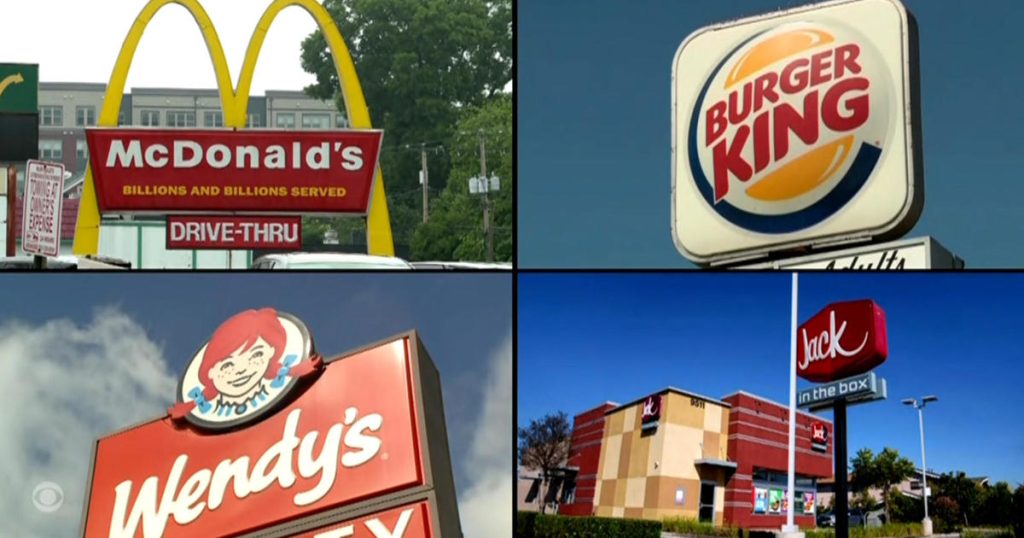Consumers across the United States are facing frustration with the rising prices of fast food. While grocery prices have seen a slight decrease, dining out has become increasingly expensive. As a result, many individuals are finding it more affordable to cook meals at home rather than frequenting fast food establishments. This trend has been exacerbated by inflation and supply chain issues, causing prices to soar for popular fast food items.
One of the major contributing factors to the increase in fast food prices is the rise in inflation. This economic phenomenon, characterized by a general increase in prices for goods and services, has impacted various industries, including the fast food sector. The cost of ingredients, labor, and transportation has all seen an uptick, leading to higher prices for consumers. Additionally, the ongoing labor shortage has put pressure on restaurant owners to increase wages, further driving up costs.
Supply chain disruptions have also played a significant role in the surge in fast food prices. Shipping delays, labor shortages, and production issues have all contributed to a decrease in the availability of certain ingredients and products. As a result, fast food chains have been forced to raise prices in order to offset the additional costs associated with sourcing and transporting these items. This has left consumers feeling frustrated and seeking alternative dining options that are more budget-friendly.
Despite the challenges posed by rising prices, many consumers have expressed their dissatisfaction with the lack of transparency from fast food chains regarding these changes. Some individuals feel blindsided by the sudden increase in prices and are calling for more communication from restaurants about the reasons behind these adjustments. Without proper explanation, customers may feel alienated and choose to take their business elsewhere, impacting the bottom line of these establishments.
As consumers continue to grapple with the high cost of fast food, many are turning to alternative dining options such as meal delivery services and meal prep kits. By preparing meals at home, individuals can save money and have more control over the ingredients and portions of their food. This shift towards home cooking reflects a growing trend towards healthier and more cost-effective eating habits, as consumers seek to reduce their reliance on fast food.
Overall, the increase in fast food prices has prompted many consumers to reevaluate their dining habits and seek out more affordable alternatives. While inflation and supply chain disruptions have contributed to this trend, individuals are taking proactive steps to mitigate the impact on their wallets. By cooking meals at home, exploring new dining options, and demanding greater transparency from fast food chains, consumers are adapting to the changing economic landscape and prioritizing their financial well-being when it comes to their food choices.


